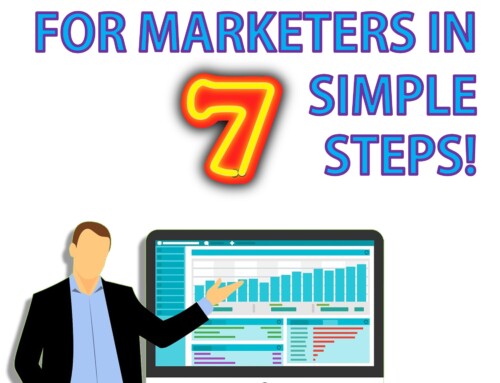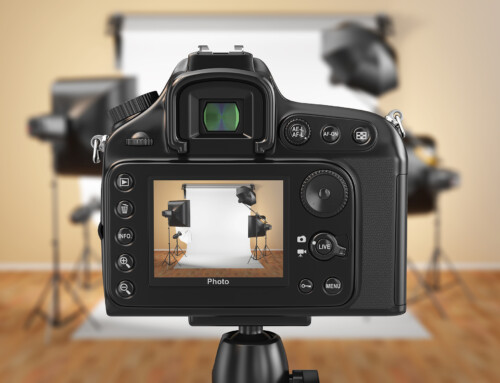I hear the word “brand” used a lot lately. Typically when I ask my clients what do you mean by brand, they typically say they want a new logo, new tagline, new graphics, etc. Your brand is not a logo, tagline, or the graphics you use. However, all of those components may represent your brand and can be used to communicate your brand.
The definition of brand is all about your company’s uniqueness. What makes you stand out from the competition? What message are you communicating to your target audience? Are you a sleek, Maserati kind of brand? Or are you a stodgy, old-fashioned brand that hasn’t changed in decades? But more importantly, how do your customers perceive your products and services? A brand is an image that you will be incorporating into every aspect of your marketing communications from copywriting and imagery to the fonts and color palette you use. In other words, your brand … IS … your company’s persona.
Not only do you want a strong and authentic brand identity, but you also want to ensure that you deliver the brand consistently throughout every customer communication you develop. Developing a customer persona or sometimes called an Avatar, is one way to ensure that you are always developing marketing communications to the same target market in a consistent manner, i.e., delivering the right message to the right people to create the right reaction. The goal will be to understand and integrate your business strategy and the marketing and communications strategy with the design strategy to create a consistent visual brand.
But how do you go about branding your company? Here are several steps that will help you whether you do branding internally or hire a brand agency.
1. Brand Discovery
Know your business, your industry, and your competitors. Learn what your customers like or dislike about your products, services, and company. Interview your customers as well as internal personnel to see what attitude they have about your products. Audit your current literature, company website, logo, approved fonts, and color palettes. Look at the literature, website, and other content from your competitors.
2. Brand Evaluation, Attributes and Strategy
Evaluate the data and research that you discovered in step number one. Then you can start developing the brand personality, architecture, strategy and brand promise. You may not need to totally revamp your current brand but may just need to evolve it or refresh it.
3. Brand Visualization / Identity
After the Discovery phase and Brand Evaluation stage, now comes the fun part where you get to work with your design team and update the color palette, logo, fonts, etc. This could be everything from your letterhead and business cards to press relations, collateral, trade show booth, advertising, and website. This task can be daunting so I would recommend that you work with a good agency or your internal graphics personnel. Take it one step at a time. You won’t be able to convert all of your content in one fell swoop, so prioritize your specific needs. It’s easy to update your landing pages, email templates, and social media banners and headers. So, maybe you start there and move to your press relations letterhead, giveaways and corporate stationery. Lastly you can develop the new image on your website and corresponding literature.
4. Brand Guidelines
In order to keep a consistent look and feel of your new brand, it is imperative that you or your agency develop brand guidelines, not only for outside graphic designers and agencies, but also for your internal personnel. They will need to know the proper fonts, color schemes, logo placement, etc. for PowerPoint presentations, tchotchkes, and posters, for example. The brand guidelines should encompass a brand overview, logo guidelines, approved color palette, typography, graphic elements, and imagery examples.
5. Evaluation
Last but most importantly, after the new brand has been launched and had time to gain some traction with both the internal and external audiences, gain some feedback by participating in a brand study. This can be as simple as an informal survey, or a more comprehensive brand study.






